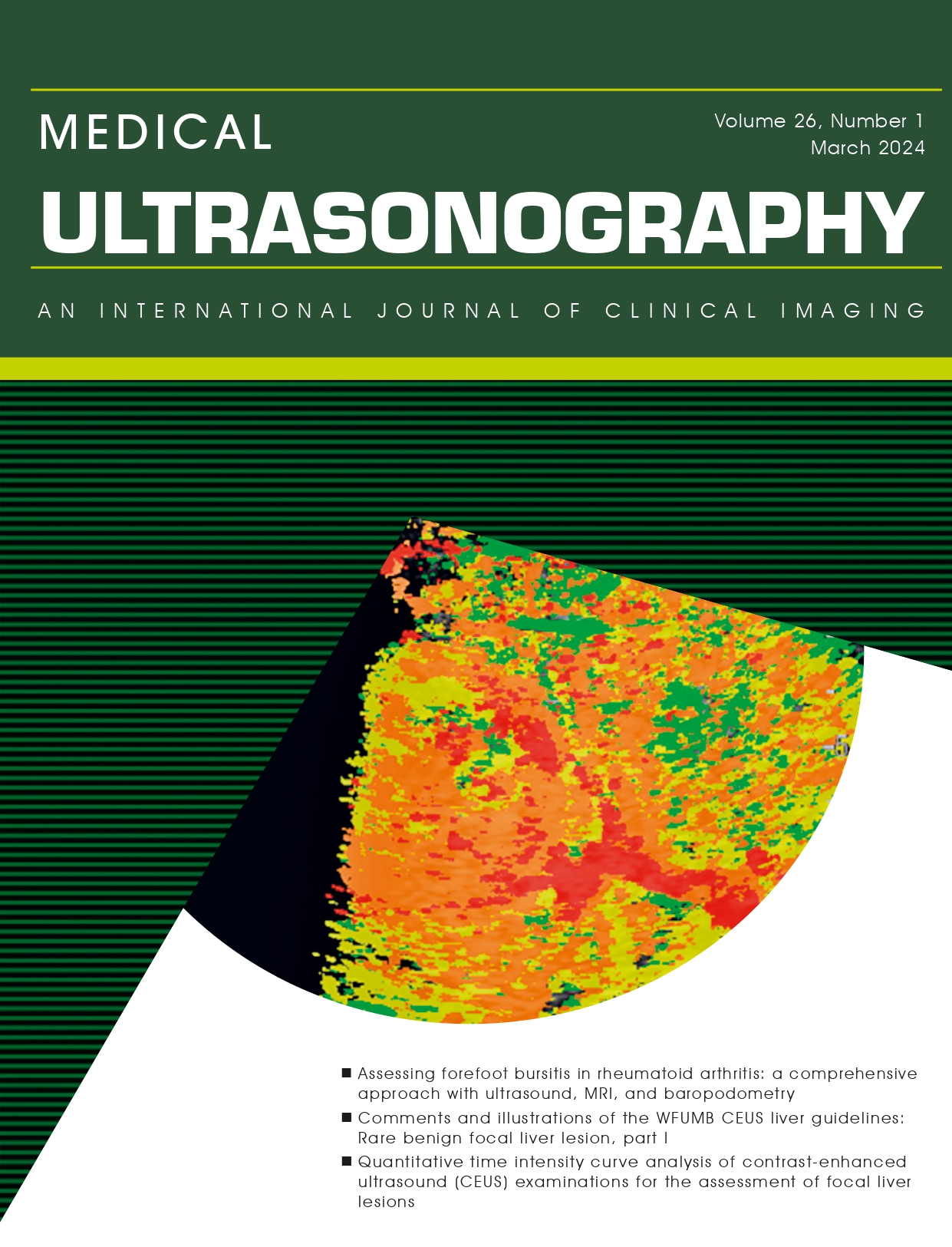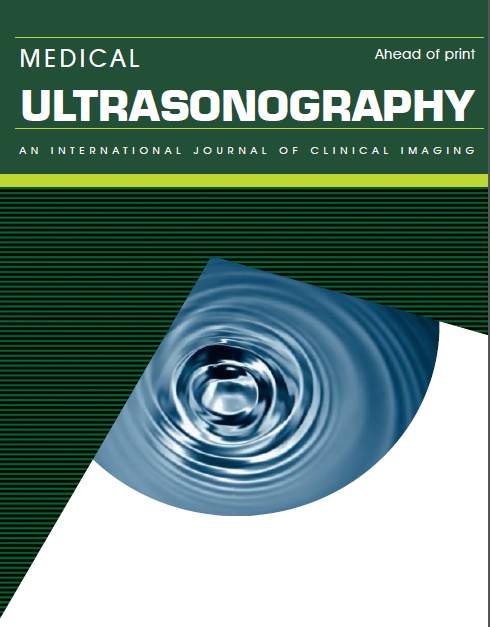Columnar cell lesions of the breast: radiological features and histological correlation
Abstract
Objective: This study aimed at investigating the characteristic imaging findings of the columnar cell lesions (CCLs) of the breast via mammography (MG), ultrasonography (US), and magnetic resonance imaging (MRI). Materials and meth- ods: The MG, US and MRI findings of 72 patients with histopathological diagnosis of CCLs were retrospectively evaluated. Histopathologically, the CCLs were divided into those with and without atypia; the radiological findings of these two groups were compared with a Chi-square test. Results: Sixty-nine patients underwent stereotaxic biopsy (MG-guided in 50 patients and US-guided in 19 patients) and 3 patients underwent US-guided core needle biopsy; all of these patients were diagnosed with CCLs based on a histological examination. The evaluation of the CCLs in patients that underwent MG-guided stereotaxic biopsy revealed that the most common type of microcalcifications were amorphous-indistinct (52%, n= 26/50) and the most common microcalcification distribution pattern was clustered type (76%, n= 38/50). The ratio of CCLs with atypia was similar in patients with high-risk microcalcifications and in those with benign or intermediate-risk microcalcifications (OR: 1.13, 95% CI: 0.573-2.227, p: 0.475). On the other hand, those patients who underwent US-guided biopsies for the evaluation of CCLs had similar proportions of cystic or solid lesions, posterior acoustic shadowing and contour irregularities whether or not they had atypia (p: 0.584, 0.075, 0.187, respectively). Patients with atypia had a higher number of lesions greater than 1 cm via US as compared to those without atypia, but this difference was not statistically significant (p: 0.06). MRI findings were also similar in patients with and without atypia. Conclusions: MG revealed that clustered distribution patterns and amorphous- in- distinct type microcalcifications were more commonly seen in patients with CCLs; however, there was no significant relation- ship between US or MRI findings and CCLs. In addition, the MG, US and MRI findings were similar in patients with CCLs that did or did not have histopathological characteristics of atypia.
Keywords
breast; columnar cell lesion; microcalcification; magnetic resonance imaging; ultrasonography; mammography
DOI: http://dx.doi.org/10.11152/mu.2013.2066.172.ccl
Refbacks
- There are currently no refbacks.




